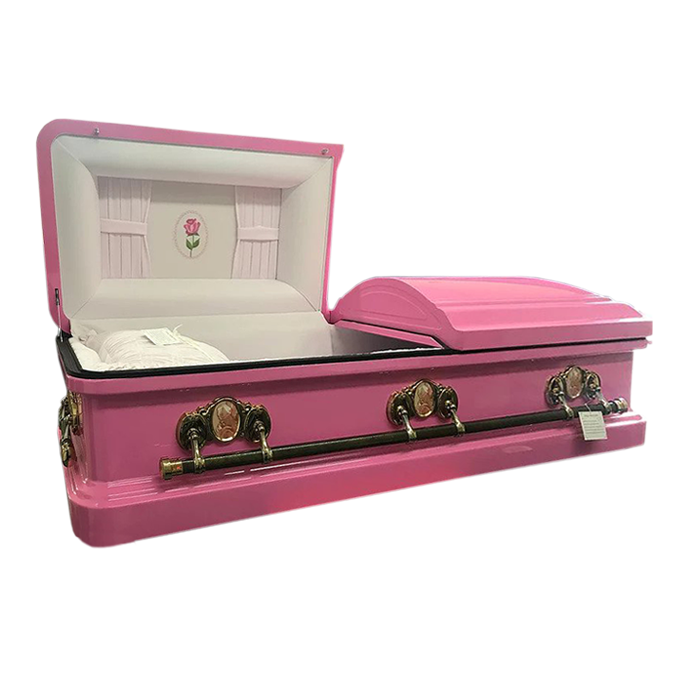Funerary Facts: Caskets vs. Coffins
Have you ever wondered if there's a difference between a casket and a coffin or why they look the way they do? 🤔 Here is a brief history and overview of how they came to be! ⚰️
The earliest coffins were large baskets woven from skins, reeds, wood, and other earthen materials to create a barrier between the body and the ground. In recent years, this practice has experienced a resurgence with the growing popularity of natural burial. (see photo 1)
Photo 1: Modern day willow coffin
As interest in the protection and preservation of dead bodies grew, more rigid materials were used, such as limestone. The Ancient Egyptian sarcophagus (from the Greek word sarkophagos, “flesh-consuming”) was the first burial container to be adorned on the exterior. Limestone was believed to aid in rapid decomposition. Speeding up the decomposition process aided in protection from the general public, preventing extended exposure to potential hazards (both health and olfactory). These burial containers were decorated with depictions of the deceased, which certainly did not hide the fact that a human body was inside. (see photo 2)
Photo 2: Ancient Egyptian Sarcophagus, adorned to tell the life story of the deceased.
North American Colonial-era coffins, often built by local cabinetmakers, were the genesis of the anthropoidal, human-shaped design (aka “toe pinchers”). They were lightweight to carry, cheap to produce, and took up little burial space. (see photo 3) These early coffins were six or eight-sided and are still the most common style of burial container used in Europe today. (see photo 4)
Photo 3: Early American style wood coffin
Photo 4: Modern day decorative coffin
In the 1800s, a desire to move away from the utilitarian body-shape of coffins led to the squared-edge casket design. Caskets soon became objects of status, beauty, and the safeguarding of remains. Many factors contributed to society shying away from the inevitability of death, including spiritual and religious beliefs, conservatism, etc., so having a burial container that was inconspicuously holding a body became the norm. Though the exterior shape may have changed, the adornments return to reflect the tastes or affinities of the deceased. (see photo 5)
Photo 5: Modern day metal casket with embroidered flowers
Public views of death continue to have a direct impact on the appearance of burial containers and funeral practices. What will we think of next?
We will be sharing more funeral history in the future, so let us know what you'd like to learn about!
Assorted images of burial containers throughout history.
Our Social Media Slides



















